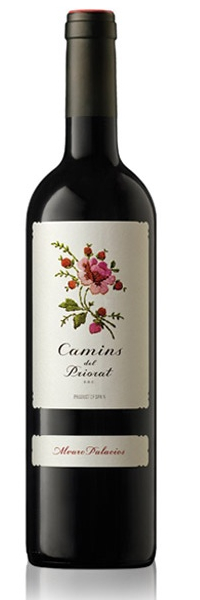 The 2011 Camins del Priorat ($22.95 – LCBO# 216291) is one of the entry level wines made in that Catalonian region by rock star wine maker Alvaro Palacios. Watch for it in Ontario as Vintages’ ‘wine of the month’, to be released September 14.
The 2011 Camins del Priorat ($22.95 – LCBO# 216291) is one of the entry level wines made in that Catalonian region by rock star wine maker Alvaro Palacios. Watch for it in Ontario as Vintages’ ‘wine of the month’, to be released September 14.
Although pricey at over $20, the wine offers a taste of some of the brilliance that Priorat’s great Carignan and Grenache blends, which typically start north of $50 a bottle. In other words, it’s worth the extra dollars, if you’re interested in tasting the work of one of Spain’s most celebrated wine makers, and one of it’s most lauded terroirs. By comparison, a 2006 bottle of Palacios’ flagship Priorat wine, L’Ermita , can be had via London’s great wine house, Berry Brothers and Rudd, for a mere £427.90 (or about $700 – never mind Ontario taxes).
Camins is distinguished by Palacios other wines by the age of the vines used to make it. They are Palacios’ youngest ones. Nevertheless, the blend is 50% 30% Carignan, or as it’s called in Priorat Catalan Samsó. At 40%, Grenache makes up most of the difference, with a bit of the Atlantic interlopers Cabernet Sauvignon and Merlot and a bit of Syrah thrown in to round things out. The wine is absolutely drinkable now, but could also benefit from a year or so of aging, were one inclined. The dominant tasting note is mulberry, but I also get floral notes of violets and touch of rose, and then a hint of spice and vanilla. Other writers talk about raspberries and licorice. The Camins is wonderfully balanced, and supports its high alcohol by volume (nearly 15%) with ease, and no burn. If, like me, you are frequently drawn to wines from the Southern Rhône, this wine will make an interesting comparison: it’s similar, yet refreshingly distinct. I intend to pair the next bottle I get my hands on with a ratatouille made principally with those essential Catalan ingredients, red peppers and eggplant.
 Malcolm Jolley is a founding editor of Good Food Revolution and Executive Director of Good Food Media, the company that publishes it. Follow him at twitter.com/malcolmjolley
Malcolm Jolley is a founding editor of Good Food Revolution and Executive Director of Good Food Media, the company that publishes it. Follow him at twitter.com/malcolmjolley

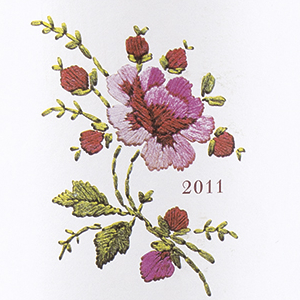

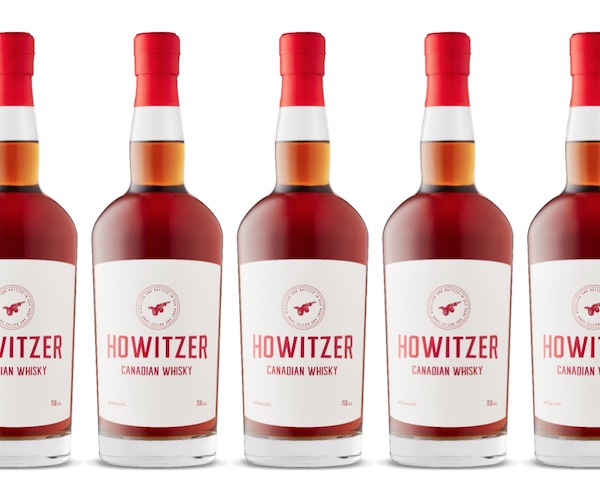
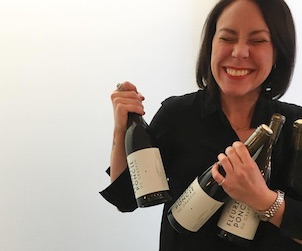
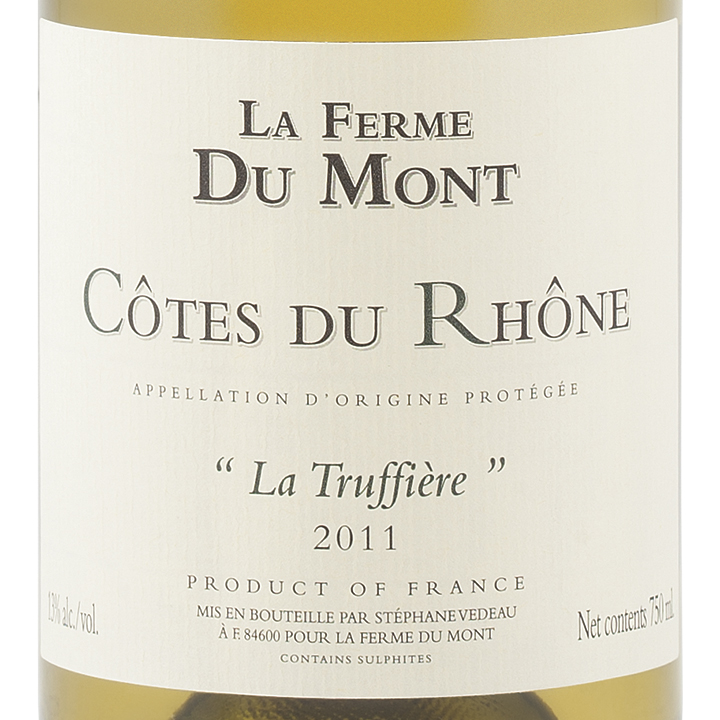
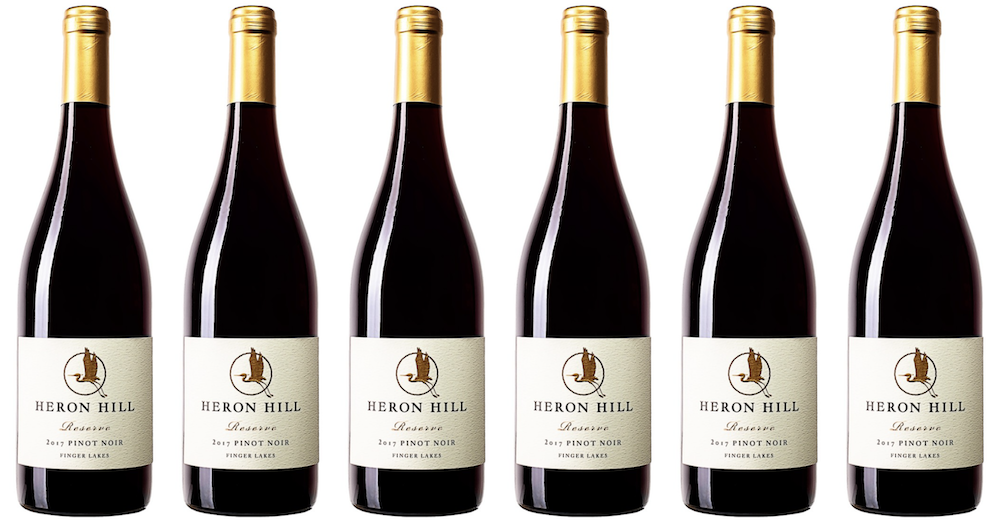

Apologies: in my original post I got the blend wrong: there is no Merlot in this wine, and Grenache is actually the dominant varietal. The grapes by their French names and by percentage are: 40% Grenache, 30% Carignan, 20% Cabernet Sauvignon and 10% Syrah.